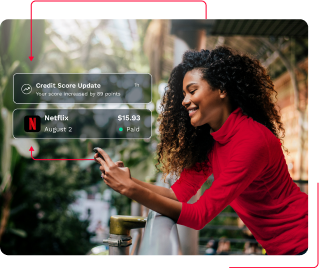- This topic has 1 reply, 1 voice, and was last updated 1 year, 11 months ago by
 Team StellarFi.
Team StellarFi.
-
AuthorPosts
-
December 20, 2023 at 3:23 pm #28351
 Team StellarFiKeymaster
Team StellarFiKeymasterHome-buying loans are called mortgages. You need to pay back a mortgage with interest over a fixed period. Your home provides the collateral for the loan. This means that even if you own the home if you fail to make payments, the lender may seize your property. Only once the mortgage is fully paid off, the home become completely yours – though you’ll still have to pay property tax and potentially other fees depending on the community you live in.
You generally need to pay a percentage of the home value upfront – called a down payment – apart from the borrowed loan amount. You then have to pay back the loan amount with interest over a set period. Mortgages last longer than most loan types, with 30-year mortgages being the most common.
Factors that influence your mortgage payment
The mortgage approval amount depends on your credit score, home value, income, employment, and debt-to-income ratio. Typically, your mortgage payment includes the principal, interest, property taxes, homeowners’ insurance, and mortgage insurance.
There are two types of interest-based mortgages:
- Fixed-rate mortgage: With this type of mortgage, the interest rate remains fixed over the loan period.
- Adjustable-rate mortgage: The interest rate changes over specific intervals set in the loan terms. You may make more or less monthly payments based on the interest for that period.
Other types of loans include conventional loans, Federal Housing Association (FHA) loans, Department of Veteran Affairs (VA) loans, the U.S. Department of Agriculture (USDA) loans, and jumbo loans which are based on which department insures or guarantees them and whether they exceed the government-set loan amount limits.
-
AuthorPosts
- You must be logged in to reply to this topic.
